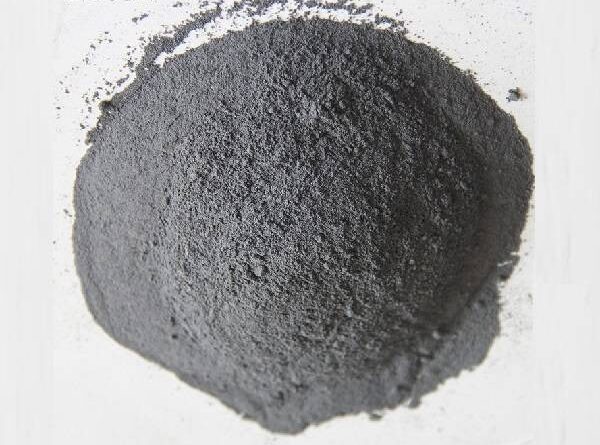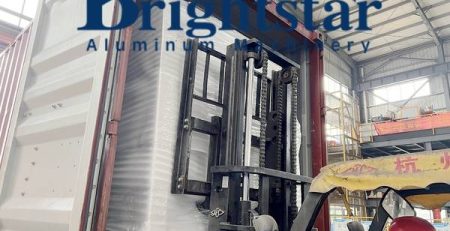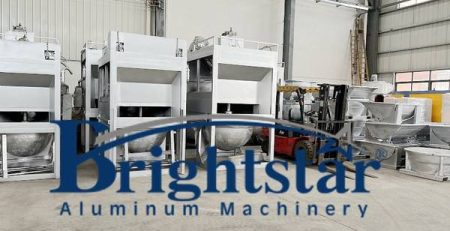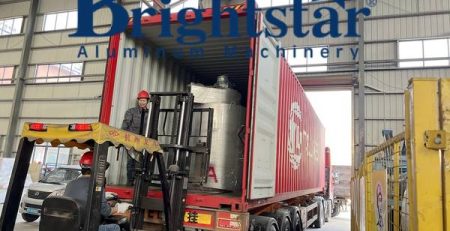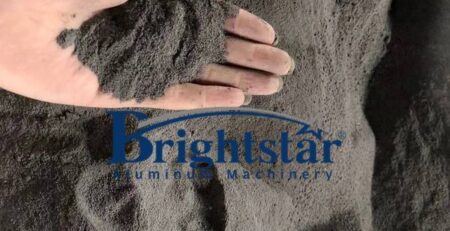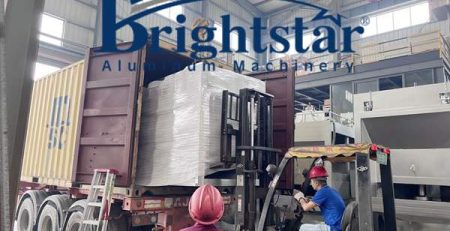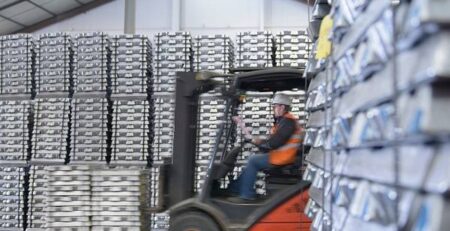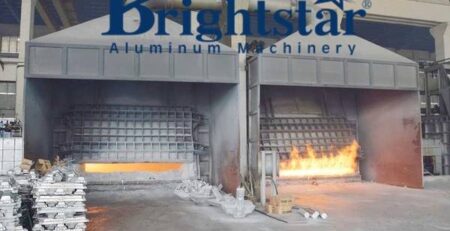White dross and black dross
White dross and black dross
White dross and black dross
White Dross, what is white dross? white dross definition
White Dross is a mixture of aluminum oxide and aluminum metal with the metal content varying from 15 to 80%.
It is generated during the melting of aluminum in a furnace hearth or the transporting of molten aluminum between furnaces or crucibles.
The dross is collected in a “skimming operation” where an operator either manually removes the floating mixture from the furnace, or in the case of modern large furnaces, an operator on a motorized piece of equipment skims the floating dross.
In either case, the dross mixture is removed from the furnace and into a” skim pan” for containment and cooling.
In addition to the two major dross components, aluminum metal and aluminum oxide, smaller amounts of other compounds can be present depending upon the conditions in the furnace (as well as the subsequent dross pan), the metal source, and the alloys being processed.
These other compounds include aluminum nitride (AlN), aluminum carbide (Al4C3), and possibly cryolite (Na3AlF6).
The last compound is often associated with molten metal coming from electrolysis cells, while the two former compounds are associated with “thermite” reactions occurring in the furnace or dross skim pan.
White dross can include oxide compounds not directly formed in the furnace such as metallic skim removed from cooled transfer troughs, skulls from crucibles, and spills.
Finally, white dross contains little or no salt flux.
Black Dross, what is black dross? black dross definition
Many aluminum scrap melters use reverberatory furnaces with an external side platform for the charging.
It is a common practice to charge the scrap to the furnace metal pool through this charging way.
The bay often contains a salt flux layer to help protect the molten aluminum pool from oxidation and to improve metal recovery of the scrap.
This type of furnace is especially common when processing light gauge or high surface area scraps such as chips or UBC.
The flux usually consists of sodium chloride (NaCl) and potassium chloride (KCl) with the possible addition of a fluoride salt compound.
A mixture of chloride salts is used to lower the melting point of flux. The flux-containing dross resulting from this melting operation is called “black dross” because of its characteristic dark color.
The black dross consists of a mixture of salt, oxides and metal.
At temperatures above the melting point of the salt flux mixture, the black dross consists of two immiscible liquid phases: aluminum metal and liquid salt containing oxide particles and films.
As the oxide content increases in the salt flux, the mixture becomes less fluid and more viscous in nature.
The flux is very efficient in trapping and holding the oxide compounds.
The metal content of the black dross will vary depending on the scrap type being charged and the processing conditions, but varies from 7 to 35% and in special circumstances as high as 50%.
The oxide content of the black dross will be approximately equal to the salt flux content.
Salt cake, what is salt cake?
Rotary furnace operations processing scraps and drosses use salt flux for the same reasons mentioned earlier, but the ratio of the salt flux to the contained oxide in the resulting by-product is different.
Two modes of operation are common: “wet” and “dry” with the difference being the amount of salt flux added and the rheological consistency of the molten black dross.
In the wet mode, enough salt flux is added to make a liquid pool of molten salt with the approximate consistency of water.
In the dry process, less flux is added and the salt cake has a much drier consistency. The metal content of salt cake is generally lower than that of black dross.
Brightstar Aluminum Machinery offers a total solution for aluminium dross recovery, turnkey project and package deals.
Contact us now to get a no-obligation quote on aluminium dross machine and aluminium dross recovery!


